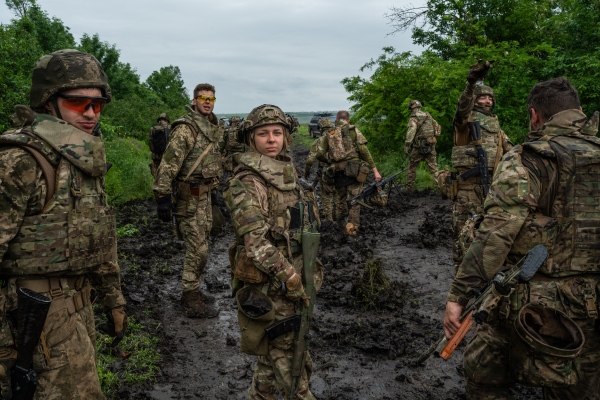
"Fear is contagious but so is courage" for The Guardian. Ukraine 2023
A US-made armoured vehicle careered over a muddy field flying a large Ukrainian flag, coming to an abrupt halt by a tree line, its metal tracks churning up the sticky black soil.Fire from its machine gun cut through the undergrowth, amputating branches, as the back door lowered, emptying out a platoon of soldiers who ran into the trees firing, working through a system of hidden trenches until they were deemed cleared.
The soldiers were from the first battalion of Ukraine’s 3rd Assault Brigade, who had been defending the town of Bakhmut for the past five months. Bakhmut fell some 10 days ago, seized by Russian mercenaries and convicts at huge human cost, and now the brigade is already preparing to fight back, as part of a long-anticipated Ukrainian counteroffensive.
The soldiers were from the first battalion of Ukraine’s 3rd Assault Brigade, who had been defending the town of Bakhmut for the past five months. Bakhmut fell some 10 days ago, seized by Russian mercenaries and convicts at huge human cost, and now the brigade is already preparing to fight back, as part of a long-anticipated Ukrainian counteroffensive.

A vast Ukrainian cemetery awaits the casualties of the counter-offensive for The Economist 1843 Magazine (2023)
The city of Dnipro, close to the front lines to the south and east, is a hub for Ukrainian casualties. Krasnopilske is the only municipal cemetery with enough space for the dead. The civilian part of the cemetery nestles in a hollow; the military section sits higher, on the crest of the hill, open to the sky and exposed to the wind. It has become one of the main resting places for fallen Ukrainian soldiers. Some come from the Dnipro area, many are from towns now in occupied territory, others are marked with plaques that read, “Temporarily unknown defender of Ukraine”.
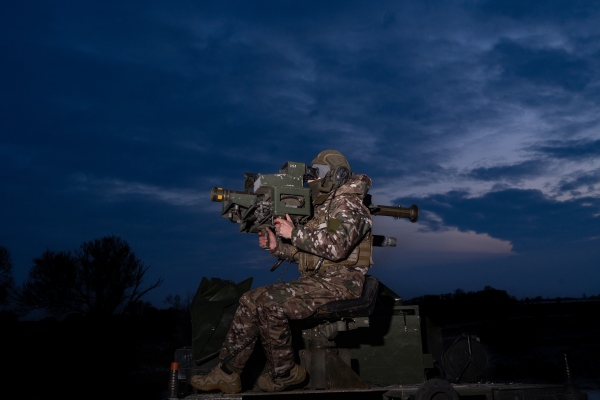
On patrol with the Ukrainian army’s drone hunters for The Economist 1843 Magazine (2023)
Since Russia invaded Ukraine in February 2022, its ground campaign has been
supplemented with regular missile and drone barrages, intended to damage Ukraine’s
energy infrastructure and intimidate civilians. After an intense month of near-nightly
bombardment in May, Kyiv enjoyed a period of relative quiet. That ended over Christmas
and New Year, when Russian attacks escalated. On December 29th, 31 people were killed
in the capital in the biggest aerial attack of the war so far. It’s a sign of the strength of
Ukraine’s air defences, which have been bolstered by its allies, that the damage wasn’t
more devastating.
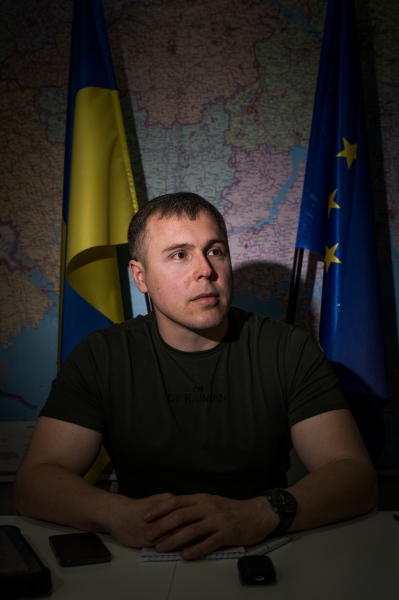
‘We’ll get there’: the Ukrainian drone unit quietly knocking out Russian targets for The Guardian. (2023)
Kostenko is also a deputy with the pro-European Golos party, and the chair of the Kyiv parliament’s intelligence and security committee. When Russia invaded last February, he led the defence of the southern city of Mykolaiv, and has since worked closely with the drone unit. The unit calls itself Perun, after a pagan god of sky and thunder. It makes its own quadcopters in a workshop, and is engaged in a constant battle of wits with Russian forces, who try to knock out the drones using electronic jamming systems.
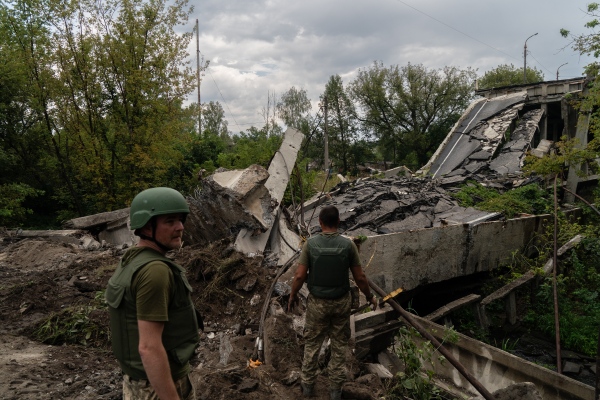
‘I couldn’t take it any more’: holdouts quit Kupiansk after renewed Russian shelling for The Guardian. (2023)
Ukraine’s counteroffensive, which began in June, was intended to put Russia on the defensive. But at the beginning of August, Russian forces launched an attack in and around Kupiansk, 65 miles east of Kharkiv. Temporarily, the Ukrainians appeared caught off guard, and the frontline moved by two miles. The attackers’ strategy is grimly familiar: shells rain from positions seven or so miles away into the city and to east and south of it.
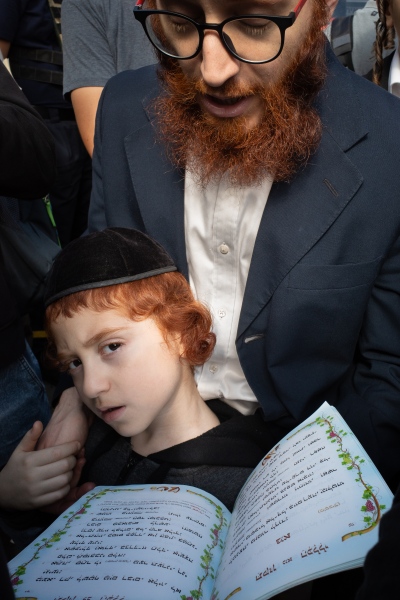
‘The show must go on’: 35,000 ultra-Orthodox Jews travel to Ukraine for Rosh Hashanah, for The Guardian (2023)
Rosh Hashanah is a two-day holiday that falls in September or October, marking the beginning of the high holy days. In Israel, it is usually celebrated with family visits and food: traditionally, apples dipped in honey are eaten to symbolise hopes for a “sweet” year ahead.For followers of the rabbi Nachman of Breslov, however, Rosh Hashanah is a chance to party. Nachman, a great-grandson of the founder of what is today broadly known as Hassidic Judaism, a branch of ultra-Orthodoxy, spent the final months of his life in the Ukrainian city of Uman, 125 miles (200km) south of Kyiv, and died in 1810.
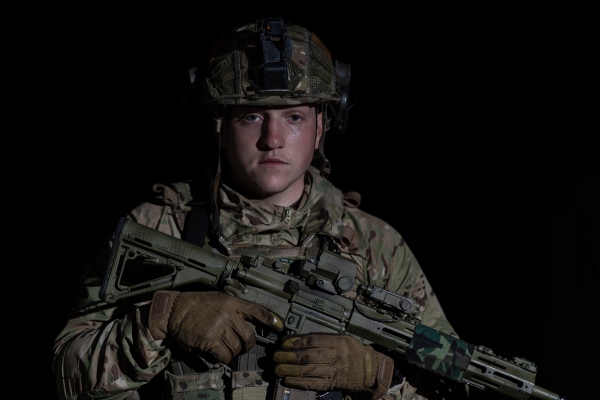
"A Ukrainian sniper called Lucky dreams of vengeance" for The Economist 1843 Magazine (2023)
At just 21, Lucky (pictured above) has already lost more friends than he can count. His phone is full of defunct numbers. “Many of my contacts are either dead or unreachable. Perhaps those ones are also dead,” he said, opening a can of Non Stop, a Ukrainian energy drink. His boyish looks belie his experience of war: since Russian troops invaded Ukraine in February 2022, Lucky has fought at Mariupol and Bakhmut, two of the conflict’s deadliest battles. In Mariupol he endured the siege of the Azovstal steel works. He’s been seriously injured twice and spent time as a prisoner-of-war.
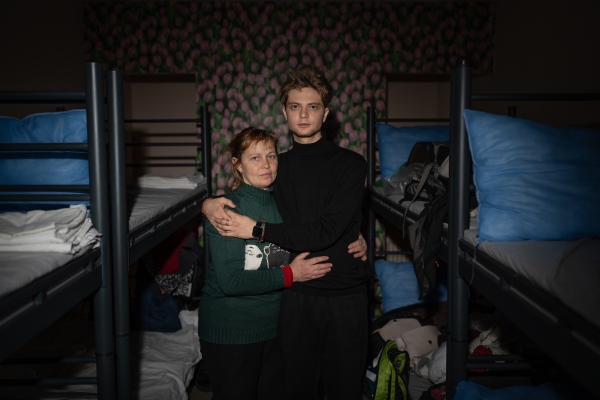
In occupied Ukraine, the best way to survive is to stay silent for The Telegraph. Ukraine 2024
After five of her elderly neighbours died because they could not access medical care, Laryssa knew it was time to get Russian citizenship.She felt nothing but anger towards Moscow and President Vladimir Putin, whose occupying forces have ruled her home city of Melitopol with an iron fist for almost two years.Yet without Russian citizenship, Laryssa, 68, could not see a doctor, and soon she would even lose her social benefits.
There were other dangers too – passing a Russian checkpoint with a Ukrainian passport could lead to interrogation and phone searches. Two of her friends had disappeared after being accused of supporting Ukraine.“The best way to survive is to stay silent. Don’t say one word more than you need,” Laryssa said. “You don’t know who will use this information.”Now the operational capital of occupied Zaporizhzhia, Melitopol had been home to just over 150,000 Ukrainians before the war. Most of them have now left and more than 100,000 Russians have moved in.Once a vibrant city, today the streets are dirty and its buildings – neglected by the Russian-installed authorities – are in disrepair.
There were other dangers too – passing a Russian checkpoint with a Ukrainian passport could lead to interrogation and phone searches. Two of her friends had disappeared after being accused of supporting Ukraine.“The best way to survive is to stay silent. Don’t say one word more than you need,” Laryssa said. “You don’t know who will use this information.”Now the operational capital of occupied Zaporizhzhia, Melitopol had been home to just over 150,000 Ukrainians before the war. Most of them have now left and more than 100,000 Russians have moved in.Once a vibrant city, today the streets are dirty and its buildings – neglected by the Russian-installed authorities – are in disrepair.
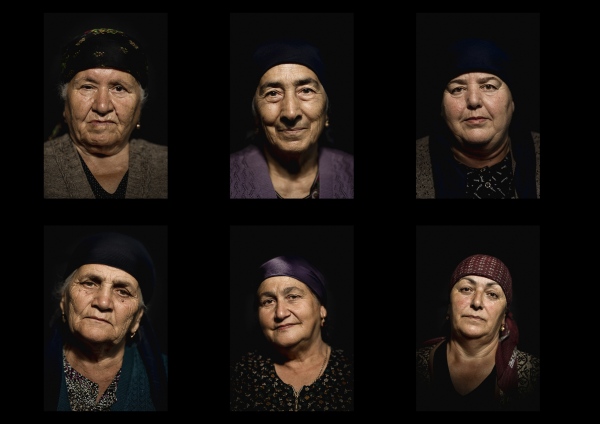
After Surviving Soviet Repression, a Turkic Minority Is Being Divided in Ukraine The traditionalist Meskhetians are fighting on both sides of the current conflict. Project supported by The IWMF and It was published by The New Lines Magazine. Ukraine 2024.
Serhan Halilovic, a devoted and fearless grenadier with the 113th Brigade of the Territorial Defense Forces, is a Meskhetian Turk first and a Ukrainian second. He is willing to die for Ukraine — the country he grew up in, where his daughter was born and for which he will bear the scars of war for life. The one thing he is not willing to do is kill a fellow Turk.It almost happened in Bakhmut, during the longest and bloodiest battle of the war so far, which lasted seven months and caused enormous casualties among the Ukrainians and Russians on either side. Halilovic’s 209th Battalion was under endless bombardment, firing back at enemy positions as part of a rotation that ensured a constant stream of soldiers ready to replace the dead. Deep into the battle, they discovered six Russians hiding among some trees. At first, they thought they were Kadyrovites, Chechens loyal to the head of their Russian republic who have a fearsome reputation for cruelty.“We were going to shoot them,” Halilovic told New Lines. They lined the men up and positioned their guns. Then one of the Russians raised his hands and begged God for forgiveness in a Turkish dialect.
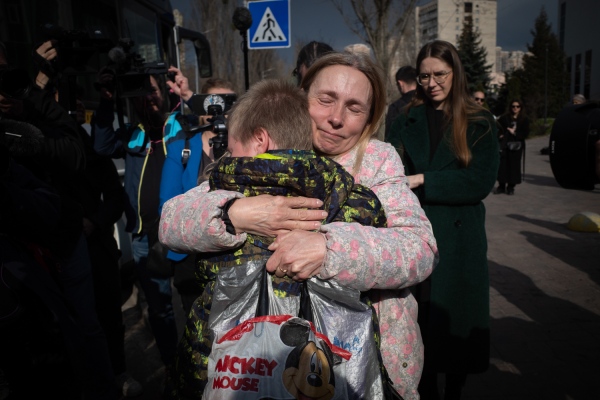
The Kids Aren’t Alright Kyiv says more than 16,000 Ukrainian children have been taken to Russia. This is the story of a few who made it home. Kyiv, Ukraine. Foreign Policy
Since the beginning of the invasion, more than 19,000 Ukrainian children have been taken to Russia, forcefully separating them from their parents. Some have been placed for adoption with Russian families, while others have been sent to reeducation camps. This is a war crime. Ukrainian charity Save Ukraine helps mothers undertake the dangerous task of travelling to Russia to retrieve their children – a journey no one else can take due to Russian regulations. Iryna was reunited with her 13-year-old son, who she had not seen for months, after he was taken from a summer camp in Kherson to occupied Crimea. Unable to undertake the journey herself, another mother was able to return him to her.